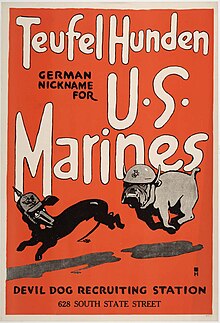
The IJN Kongo
Above is a model of the IJN Kongo one of the main battleships of the Imperial Japanese fleet during WWII. It was constructed in 1913 and had a total displacement of about 36,000 tons. She had a max speed of about 30 knots and had a main armament of 8 14″ guns as well as a smaller number of 6in and 5in guns. She was a beast. One of the most amazing aspects of the Kongo was that it was actually built by Vickers in England having been designed by Sir George Thurston. Yep, one of the main Japanese ships was built by England, someone kicked themselves thirty some years later.
Of course, it was not as if the Japanese were not able to build capital ships of its size, they had already built several but were very interested in finding out how the British were doing it. So they ordered one and when is received used as a template for three sister ships.
Among the battles she participated in during her career are:
Battle of Midway
Invasion of the Aleutian Islands
Guadalcanal
The Philippine Sea
Leyte Gulf
Battle of Samar
The old girl got around and was a major thorn in the side of the US Navy, but they finally got their revenge on November 16, 1944, when she was attacked by the submarine U.S.S Sealion in the Formosa Strait. Kongo took two torpedoes to the port side which caused flooding in her boiler rooms. Still able to maintain speed the ship limped along until finally, the damage was just too great. The order was finally given to abandon ship.
All things considered a fairly good career for the ship that’s name translates to “invincible”.









